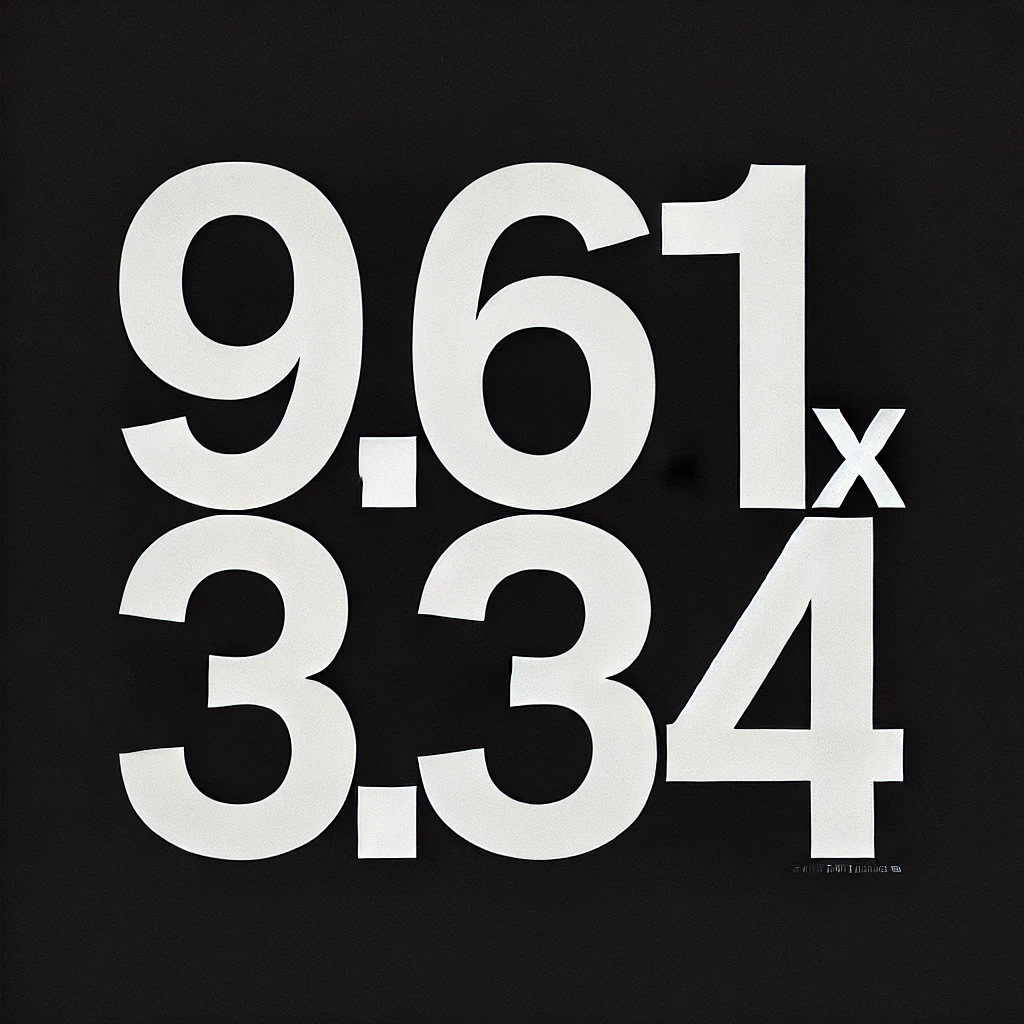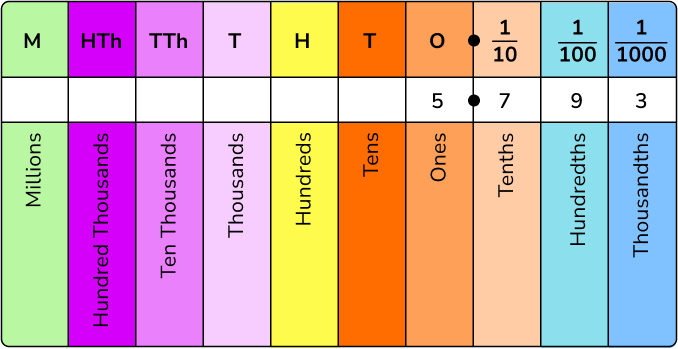Complete Guide to 4/2034832: Features, Applications, and Insights
Introduction: Exploring the Depths of 4/2034832
The term 4/2034832 may not be familiar to everyone, but it carries significant relevance across different industries, applications, and technologies. In this article, we’ll dive deep into what 4/2034832 means, its applications, and the various industries that rely on its capabilities. Whether you are a tech enthusiast, a professional in a specific field, or someone curious about this specific term, this guide will offer a comprehensive, detailed look into everything you need to know.
Understanding 4/2034832: What is it Exactly?
At its core, 4/2034832 refers to a specific entity, code, or product that has a unique identification in various technological or industrial systems. This could be a part number, a unique identifier for software, a technical standard, or even a regulatory code. It’s critical to grasp the significance of 4/2034832 as it applies to different contexts—whether in engineering, software development, or other technical fields.
The Significance of 4/2034832 Across Industries
Different industries use identifiers like 4/2034832 to manage complex systems, products, and services. From manufacturing to software development, understanding how these identifiers function is vital for the efficiency of these industries. Let’s examine the role of 4/2034832 across various sectors, offering real-world examples and context for its applications.
How 4/2034832 is Used in the Tech Industry
In the tech industry, 4/2034832 could represent a model number for a product, a software version identifier, or even a technical specification. For instance, it could be part of a coding system that helps companies manage inventory, software releases, or product configurations. We’ll explore how this specific identifier plays a role in the lifecycle of tech products and services, and why it’s critical for developers, engineers, and end-users alike.
The Role of 4/2034832 in Software Development
For software engineers, 4/2034832 could be an essential identifier for version control or bug tracking. Developers rely heavily on unique codes to mark different stages of a project, from beta releases to final versions. By using 4/2034832 in versioning, companies can track updates, changes, and patches efficiently. We’ll take a closer look at how 4/2034832 might be used in real-world software development scenarios, including its advantages for both large-scale projects and smaller teams.
4/2034832 in Manufacturing and Production
Manufacturing industries often use part numbers and codes like 4/2034832 to identify components, tools, or machinery. Whether in automotive production, electronics, or consumer goods, having precise identifiers ensures smooth workflows, reduces errors, and facilitates easier tracking and replacement of parts. Let’s explore how manufacturers leverage identifiers like 4/2034832 to improve product quality and production efficiency.
Why 4/2034832 is Critical for Product Identification
Accurate product identification is essential for supply chains, inventory management, and even customer support. 4/2034832 serves as a unique key to identify a specific product or component, ensuring that it is traceable and properly classified within its respective system. In this section, we’ll discuss how the precise identification of products leads to better management practices and smoother operations.
4/2034832 in Regulatory and Compliance Systems
Many industries operate under strict regulatory frameworks that require specific identifiers like 4/2034832 to ensure compliance with laws and safety standards. In sectors like healthcare, food production, and pharmaceuticals, codes such as 4/2034832 are used to monitor and track products throughout their lifecycle, from manufacture to distribution. We’ll examine how these identifiers help organizations meet legal and safety standards and avoid costly errors or penalties.
Exploring the Technical Specifications of 4/2034832
In this section, we will break down the technical aspects of 4/2034832. This could include the product’s physical characteristics, system compatibility, software dependencies, or any other technical parameters that define its function and performance. Understanding the specifications allows users to better utilize the product or service associated with this identifier.
The Importance of 4/2034832 in Data Management
Effective data management often involves tagging, indexing, and categorizing data for quick retrieval and analysis. 4/2034832 could serve as a key for organizing and managing large datasets in systems such as databases, cloud services, or enterprise software solutions. Here, we’ll explore how 4/2034832 can streamline data operations and improve accessibility.
How Businesses Benefit from Using 4/2034832
Businesses in different sectors can benefit from integrating identifiers like 4/2034832 into their operations. Whether it’s for inventory management, asset tracking, or product development, these codes make complex systems more manageable and efficient. This section will delve into the advantages businesses gain by using 4/2034832, from enhanced organization to reduced risks and errors.
4/2034832 in Global Standards and Systems
As industries move towards global integration, standardization becomes increasingly important. Codes like 4/2034832 help streamline operations across borders, ensuring compatibility and adherence to international standards. Let’s take a closer look at how 4/2034832 fits into global frameworks and its importance in facilitating international collaboration.
What’s Next for 4/2034832? Future Trends and Developments
In the fast-moving world of technology and industry, identifiers like 4/2034832 are likely to evolve. Whether due to advancements in software, changes in regulations, or innovations in manufacturing, the future of these codes is dynamic. We’ll explore the trends and developments that may impact the use of 4/2034832 in the coming years.
Conclusion: Mastering the Role of 4/2034832
In this detailed exploration of 4/2034832, we’ve covered its significance across various industries, from tech to manufacturing to compliance. By understanding its function and applications, businesses and individuals can better leverage the power of this unique identifier to enhance their operations, improve tracking, and maintain compliance. Whether you’re a developer, a manufacturer, or a regulatory expert, the insights shared here should provide a robust understanding of 4/2034832 and its applications.
FAQs:
- What is 4/2034832 used for?
- How does 4/2034832 impact software development?
- Why are product identifiers like 4/2034832 important in manufacturing?
- Can 4/2034832 be used for global standards?
- What industries rely on 4/2034832?
- How does 4/2034832 help in data management?














Post Comment